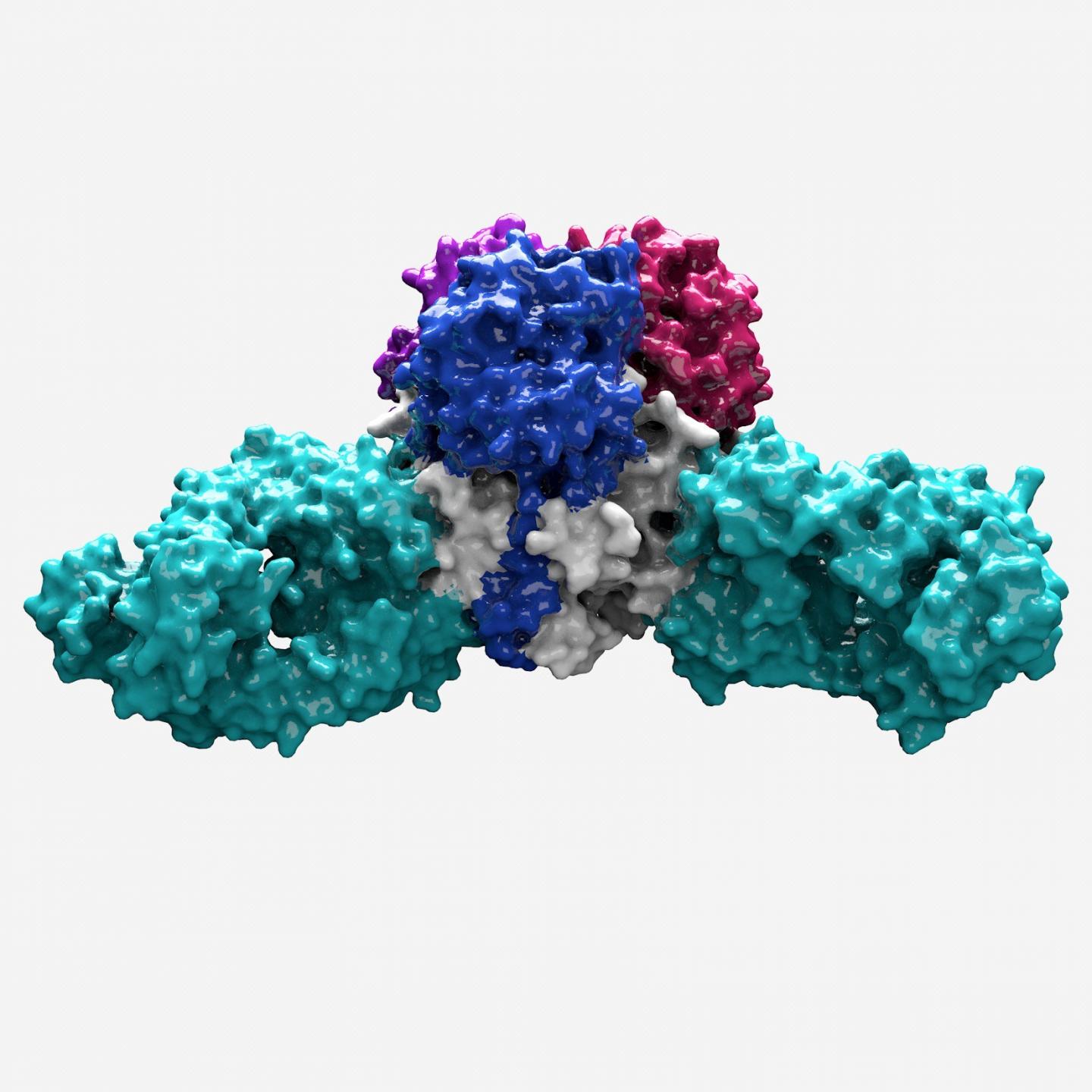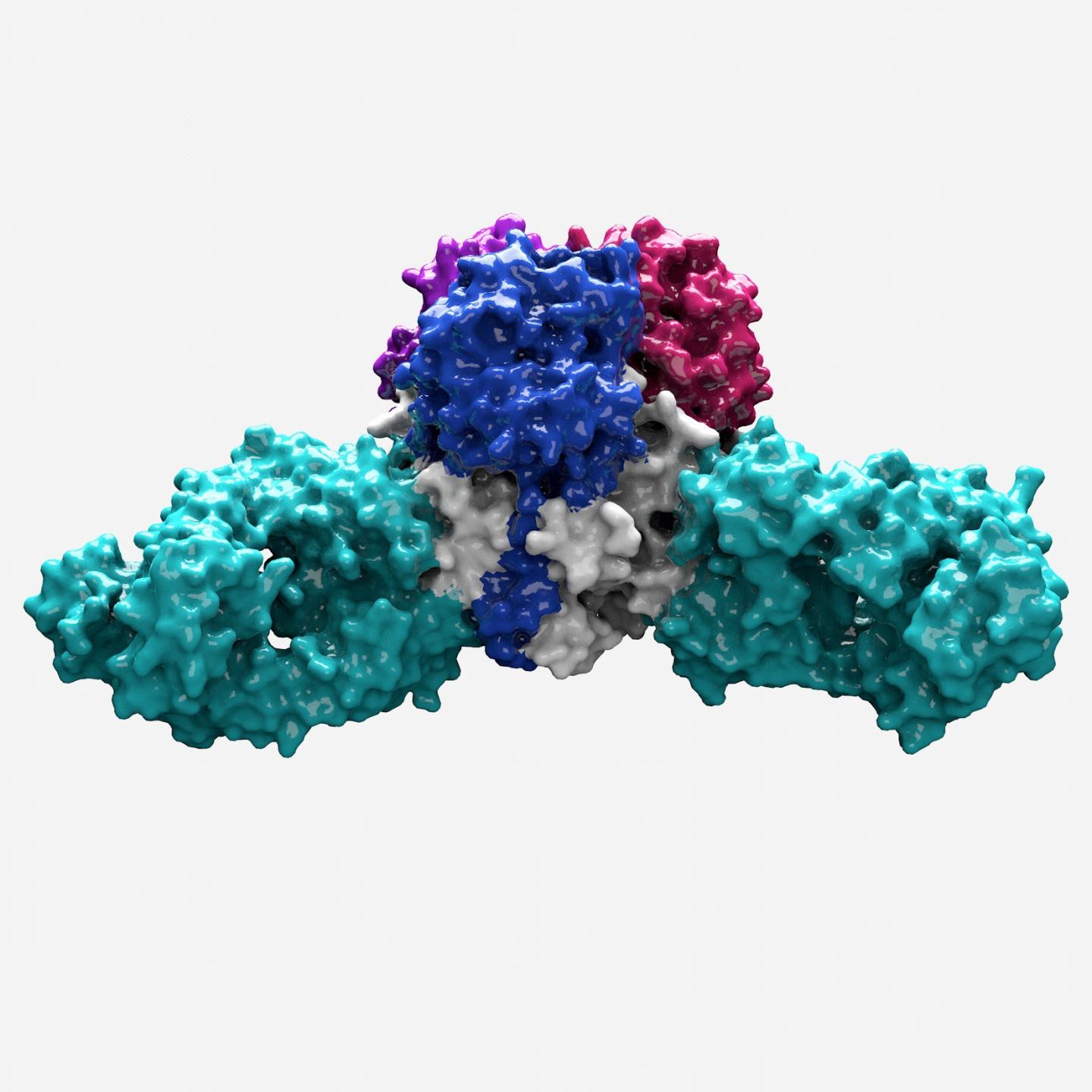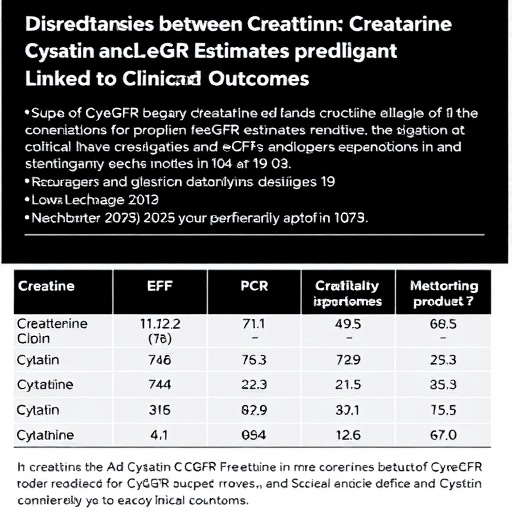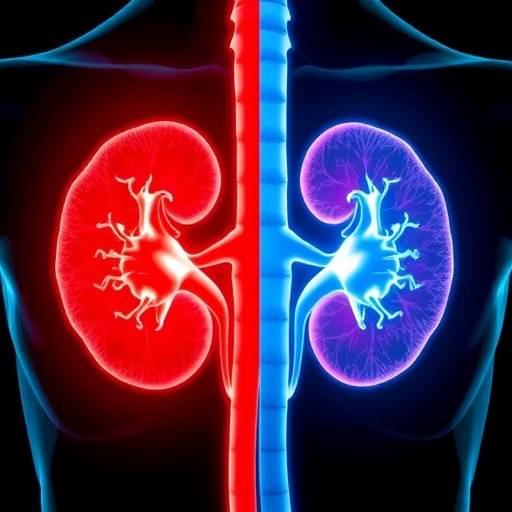
Credit: Christina Corbaci, TSRI
WHAT:
A 10-year Lassa virus research project has yielded structural and functional details of a key viral surface protein that could help advance development of Lassa vaccines and antibody-based therapeutics, which are currently lacking. The work was led by the Scripps Research Institute (TSRI) and funded by the National Institute of Allergy and Infectious Diseases, part of the National Institutes of Health.
Lassa virus can cause a hemorrhagic disease called Lassa fever and is endemic to western Africa. The virus is a member of the arenavirus family and is spread primarily by rodents. The Centers for Disease Control and Prevention estimates that up to 300,000 Lassa virus infections occur each year. Cases of Lassa fever can result in bleeding in the gums, eyes, and nose; respiratory distress; repeated vomiting; facial swelling; pain in the chest, back, and abdomen; and shock. Neurological problems are possible, including hearing loss, tremors, and encephalitis. Death from multi-organ failure can occur within two weeks of symptoms starting. Recent studies have suggested the overall fatality rate for Lassa Fever is between 1 and 10 percent, but the rate among patients hospitalized with severe disease is between 50 and 70 percent. Notably, the disease is 90 percent lethal for women in the third trimester of pregnancy.
Knowing the structure of a virus surface molecule called the Lassa glycoprotein precursor complex (GPC) may be important to developing a vaccine. GPC mediates viral binding to and entry into cells and is a prime target for immune responses generated by a vaccine. Until now, no structure model existed for any virus in the arenavirus family because of the instability and diversity of the GPC protein. Over the past decade, TSRI scientists and their collaborators have explored the GPC, ultimately learning to stabilize the protein to determine its molecular structure. Now, scientists from TSRI, Tulane University, and Kenema Government Hospital in Sierra Leone have re-engineered the GPC and used it to study antibodies from human survivors.
Their research provides the first detailed view of the Lassa GPC bound to a human neutralizing antibody from an African survivor. This high-resolution structure reveals how the molecule is assembled and that the most effective antibodies interact only with a fully assembled GPC. The structure also shows how the molecule can be stabilized to better elicit protective antibodies. The availability of this structure may facilitate development of vaccines or antibody-based therapeutics.
###
This research was supported by NIH grants 1U19AI109762-01 and R21 AI116112, and NIH contract award HHSN272200900049C.
ARTICLE:
K Hastie et al. Structural basis for antibody-mediated neutralization of Lassa virus. Science DOI: 10.1126/science.aam7260 (2017).
WHO:
Pat Repik, Ph.D, and Tina Parker, DVM, MScPH, both NIAID program officers familiar with this project, are available for comment.
CONTACT:
To schedule interviews, please contact Ken Pekoc, (301) 402-1663, [email protected]
NIAID conducts and supports research–at NIH, throughout the United States, and worldwide–to study the causes of infectious and immune-mediated diseases, and to develop better means of preventing, diagnosing and treating these illnesses. News releases, fact sheets and other NIAID-related materials are available on the NIAID website.
About the National Institutes of Health (NIH): NIH, the nation's medical research agency, includes 27 Institutes and Centers and is a component of the U.S. Department of Health and Human Services. NIH is the primary federal agency conducting and supporting basic, clinical, and translational medical research, and is investigating the causes, treatments, and cures for both common and rare diseases. For more information about NIH and its programs, visit http://www.nih.gov/.
NIH…Turning Discovery Into Health®
Media Contact
Ken Pekoc
[email protected]
301-402-1663
@NIAIDNews
http://www.niaid.nih.gov
Related Journal Article
http://dx.doi.org/10.1126/science.aam7260





